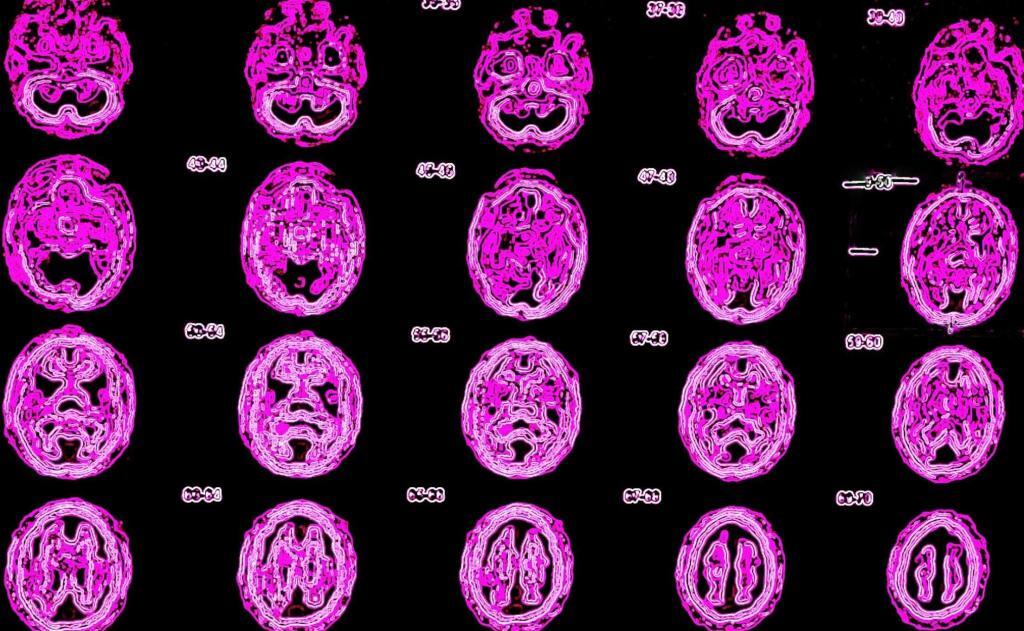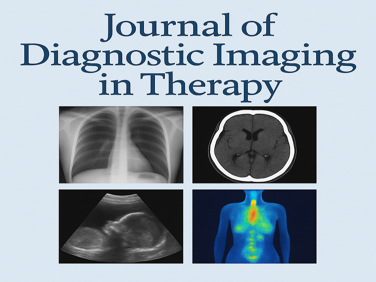The Role of Nuclear Medicine in Modern Healthcare
Nuclear medicine plays a vital role in modern healthcare by enabling early disease detection, precise diagnoses, and targeted therapeutic treatments.
The Role of Nuclear Medicine in Modern Healthcare Read Article »


